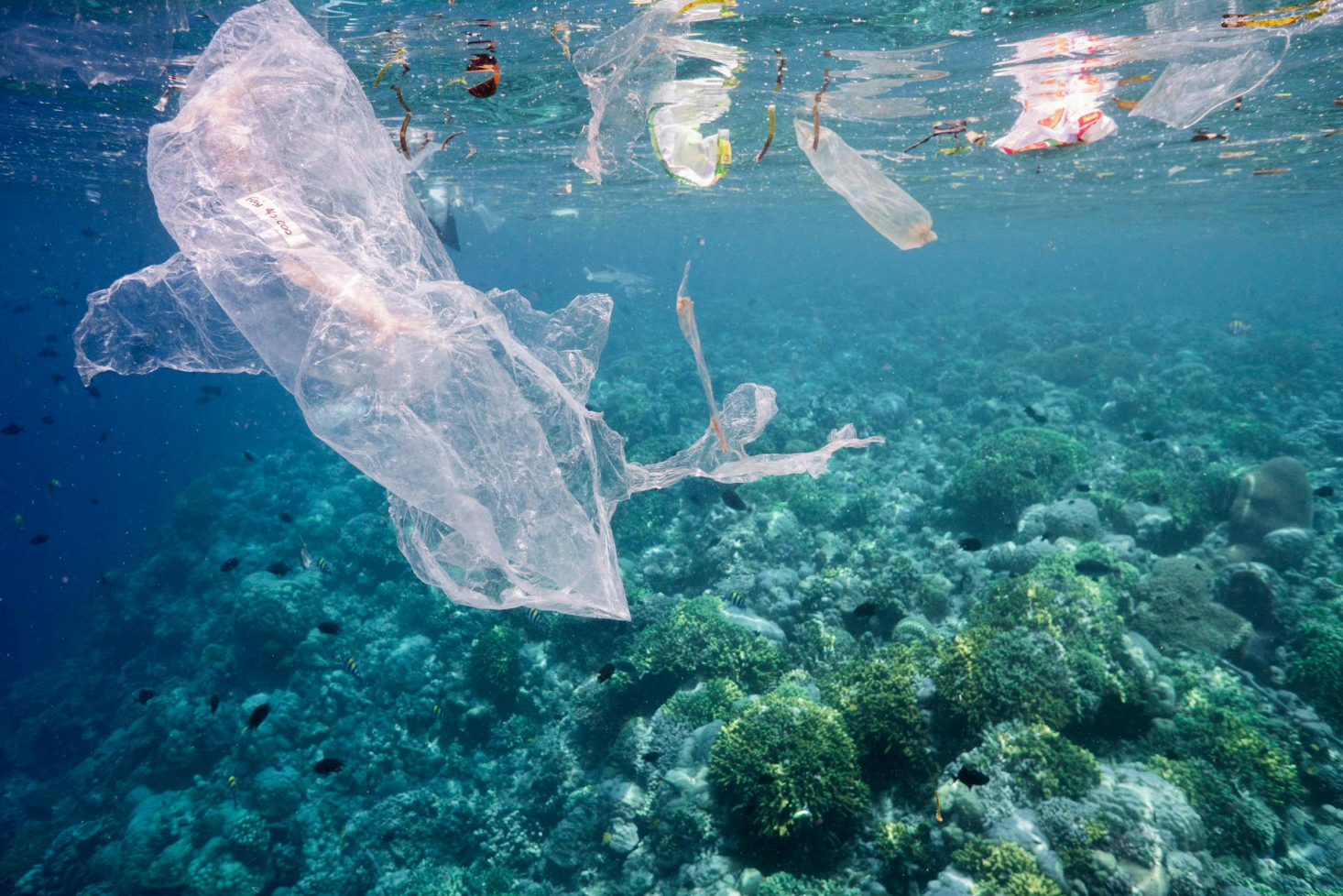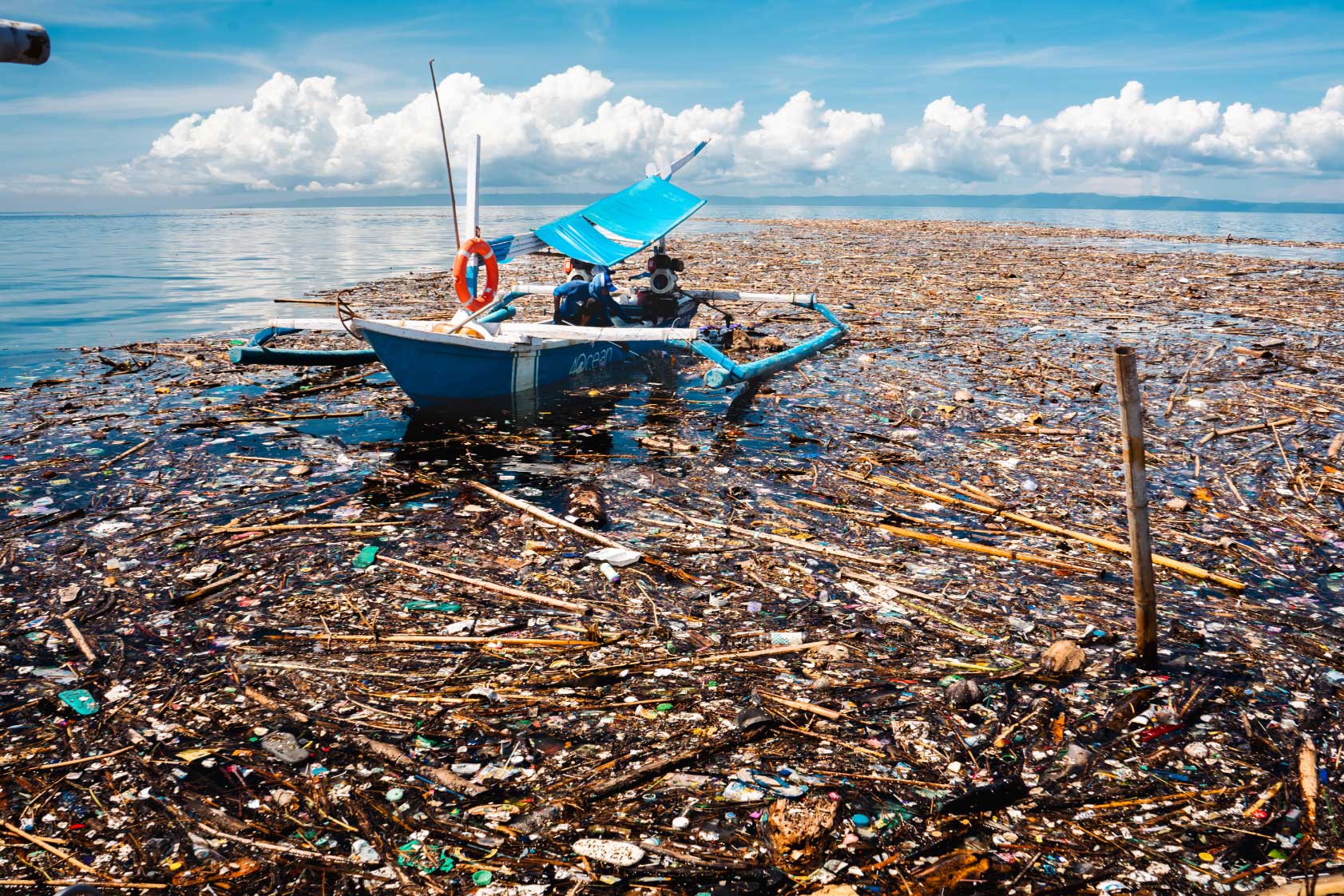5 MIN READ
9-23-2024
Microplastic Particles
Found In Human Body
Mikaela Walsh, 4ocean Research Analyst
Synthetic microscopic plastic is being found throughout the human body.
Microscopic plastic particles are being documented worldwide, from the deepest parts of the ocean, Mariana Trench, to the highest point on earth, Mount Everest.
Microplastic pollution is divided into two categories: primary and secondary. Primary microplastic means plastic manufactured to be less than 5mm in size. This would include glitter or microbeads found in beauty cosmetics. Secondary microplastic is macro plastic debris that has broken down in the ocean or environment into tiny pieces of plastic less than 5mm in size. This is the more commonly found microplastic.
Plastic debris does not biodegrade but rather breaks down into smaller and smaller pieces of plastic called microplastic. Macroplastic eventually breaks down into microplastic size and infiltrates many different regions.
Recently, scientists have discovered an even more shocking plastic particle size: neoplastic. A neoplastic is 1-1000 nanometers small, which is smaller than the size of a DNA strand.
To make matter worse, microplastic particles have been found all throughout the human body.
In the production of plastic, different factories can choose which type of plastic they will use. There are five major types of plastics;
- polypropylene (PP)
- polyethylene (PE)
- polyethylene terephthalate (PET)
- polystyrene (PS)
- polyvinyl chloride (PVC)
Those words may not mean to much to you. Just know, “poly” means many. These compounds are designed to withstand destruction and to outlast.
There is more, during the plastic production, they will make the final product by mixing in additives. These additives give the plastic product its color, can also allow it to have particular properties, such as resistance to electricity. Although these additives improve the performance of the plastic product, often times they are toxic. One example that has been formally researched is Bisphenol A, (BPA). You will find plastic containers label their product as, Free From BPA. BPA is a phytoestrogen, which means it mimics estrogen. So, when it enters the human body, the human body’s receptors will recognize it as estrogen, and can harm human health.


The Microplastic Bracelet Collection
Brings awareness to the small yet fierce pollutants in our oceans
Shop Now - Clean the Ocean Microplastic particles have been found scattered throughout the human body in many different systems. The terrifying reality is that researchers have seen plastic particles in almost every part of the human body.
Researchers have found plastic particles in:
- Blood
- Lungs
- Placenta
- Liver
- Kidneys
- Heart
- Brain
- Reproductive organs
- Breast milk
- And more
To intensify this scenario, the effect of plastic ingestion is still unknown. Plastic properties can absorb toxins and act as endocrine disruptors. This could have very detrimental effects on human health and developmental effects on humans, especially developing children and babies.
The effect of plastic ingestion on animals is starting to be extensively examined worldwide as an uptick in researchers has been finding plastic materials in humans. Still, not many definite answers have been found thus far.
It is documented that plastic particles cause inflammation, intestinal blockages, and starvation in marine animals.

Microplastic particles enter the human body in numerous ways.
Ingestion: Humans and many other organisms are ingesting microplastics from food and water. Plastic bottles have been found to leach tens of thousands of microplastic particles into the water that goes straight into the human digestive tract.
Inhalation: Plastic particles are so minuscule that they are now being found inside lung tissue after inhaling plastic debris in contaminated air.
Placental Tranfser: Microplastic has been found in human placentas, and many questions arise about the effect of these synthetic materials on the development of the in-utero fetus.
Tissue Accumulation: the accumulation of plastic in various tissues and organs has been observed in organisms with raising concerns on future health risks and long term effects.

There are a few known ways to decrease the amount of microplastic particles entering into your body.
- Skip the single use water bottle.
- Reduce the amount of single use plastic you use daily.
- Limit seafood consumption.
- Eat organic and farm grown food.
- Use glass cupware.
- Refrain from plastic plates and utentsils.
- Filter tap water.
- Wash clothes with microplastic filter.
Micoplastic particles have been found throughout the world. They have been found in the deepest parts of the ocean and throughout the human body. The time is now to act. We must all come together and stop the problem at the source. Reduce your single use plastic consumption, not only for the environments health, but for your families health. The human body is very fragile and needs to be properly taken care of. Reduce the amount of synthetic plastic materials you are exposing yourself to. The solution starts with all of us working together to end the oceanic plastic crisis.

The Microplastic Bracelet Collection
Brings awareness to the small yet fierce pollutants in our oceans
Shop Now - Clean the Ocean



